Camlopril 5/10 | Capsule | 10 pcs
৳ 60.40
Brand Name: Camlopril Capsule
Generic: Amlodipine + Benazepril Hydrochloride
5 mg+10 mg
Manufacturer: Square Pharmaceuticals Ltd.
Unit Price: ৳ 6.04 (30’s pack: ৳ 181.27)
Indications
Therapeutic Class
Pharmacology
Amlodipine is a dihydropyridine calcium antagonist which inhibits the transmembrane influx of calcium ions into vascular smooth muscle and cardiac muscle. It has greater effect on vascular smooth muscle cells than on cardiac muscle cells; Amlodipine is a peripheral arterial vasodilator that causes reduction in peripheral vascular resistance and reduction in blood pressure. Serum calcium concentration is not affected by Amlodipine.
Benazepril inhibits angiotensin-converting enzyme (ACE). ACE is a peptidyl dipeptidase that catalyzes the conversion of angiotensin I to the vasoconstrictor substance angiotensin II. Angiotensin II also stimulates aldosterone secretion by the adrenal cortex. Inhibition of ACE results in decreased plasma angiotensin II, which leads to decreased vasopressor activity and aldosterone secretion. Mechanism through which Benazepril lowers blood pressure is believed to be primarily suppression of the renin-angiotensin-aldosterone system, Benazepril has an antihypertensive effect even in patients with low-renin hypertension.
Dosage & Administration
Interaction
Diuretics: Patients on diuretics may occasionally experience an excessive reduction of blood pressure after initiation of therapy with Amlodipine and Benazepril. Potassium-sparing diuretics (e.g. spironolactone) or potassium supplements can increase the risk of hyperkalemia.
Lithium: Increased serum lithium level and symptoms of lithium toxicity have been reported in patients receiving ACE inhibitors during therapy with lithium.
Contraindications
Side Effects
Pregnancy & Lactation
Pregnancy: Categories C (first trimester) and D (second and third trimesters).
Nursing Mothers: Minimal amounts of unchanged benazepril and of benazeprilat are excreted into the breast milk of lactating women treated with benazepril, so that a newborn child ingesting nothing but breast milk would receive less than 0.1% of the maternal doses of benazepril and benazeprilat. It is not known whether amlodipine is excreted in human milk. In the absence of this information, it is recommended that nursing be discontinued while this combination is administered.
Precautions & Warnings
Impaired Renal Function: Amlodipine & Benazepril should be used with cautionin patients with severe renal disease.
Hyperkalemia: This may occur in only a few patients but generallyare reversible.
Patients With Hepatic Failure: Since Amlodipine is extensively metabolized by the liver and the plasma elimination half-life (t½) is 56 hours in patients with impaired hepatic function, caution should be exercised when administering Amlodipine & Benazepril to patients with severe hepatic impairment.
Cough: ACE inhibitor-induced cough should be considered in the differential diagnosis of cough.
Surgery/Anesthesia: In patients undergoing surgery or during anesthesia with agents that produce hypotension, Benazepril will block the angiotensin II formation that could otherwise occur secondary to compensatory renin release. Hypotension that occurs as a result of this mechanism can be corrected by volume expansion.
Carcinogenesis, Mutagenesis, Impairment of Fertility: No evidence of carcinogenicity, mutagenicity or impairment of fertility was found when the Benazepril/Amlodipine combination were given orally.
Use in Special Populations
Pediatric Use: Safety and effectiveness in pediatric patients have not been established.
Geriatric Use: Clinical experience has not identified differences in responses between the elderly and younger patients, but greater sensitivity of some older individuals cannot be ruled out.
Overdose Effects
Storage Conditions
| Generic Name | Amlodipine + Benazepril Hydrochloride |
|---|---|
| Size | 5 mg+10 mg |
Only logged in customers who have purchased this product may leave a review.


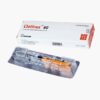

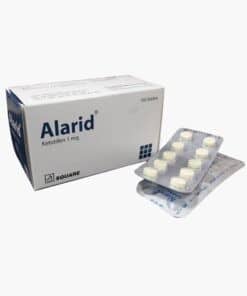

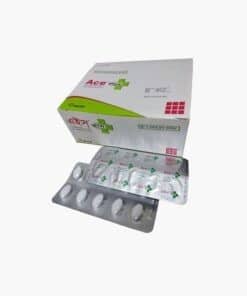

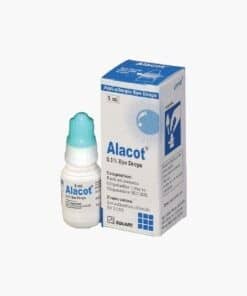

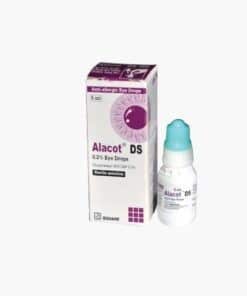
Reviews
There are no reviews yet.